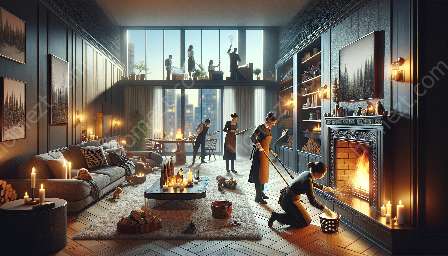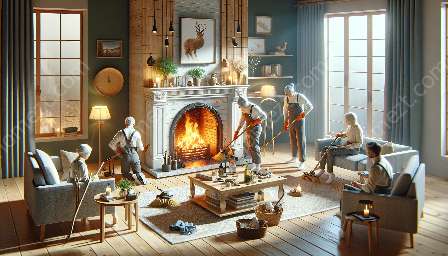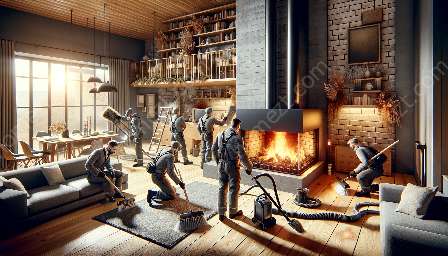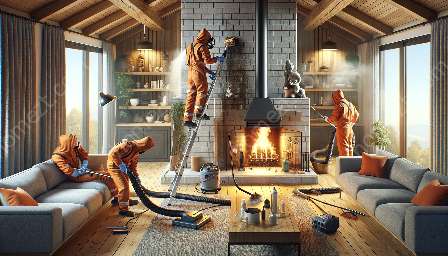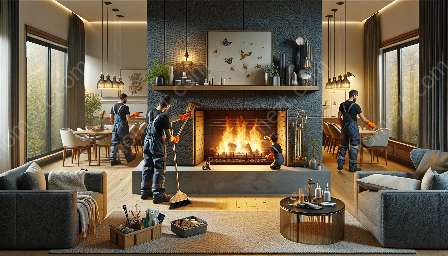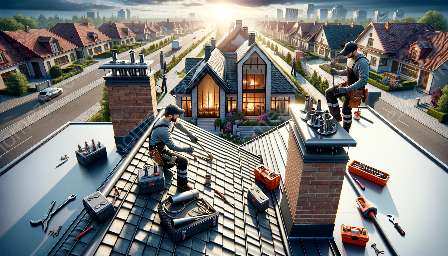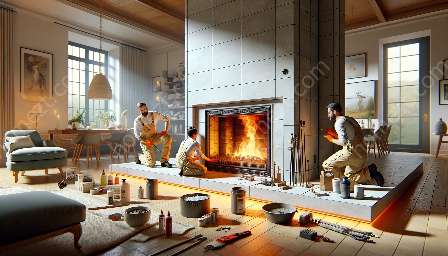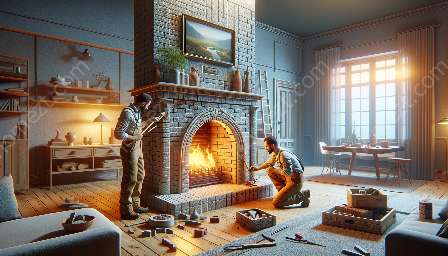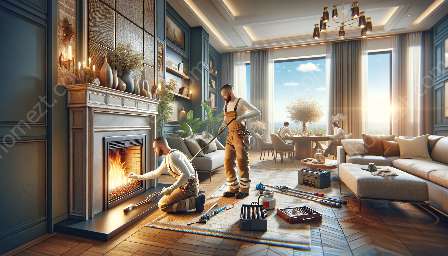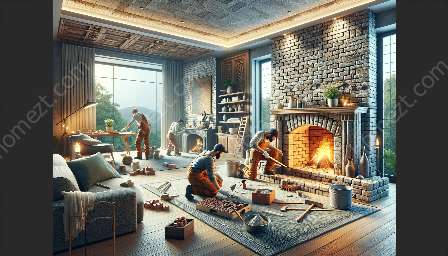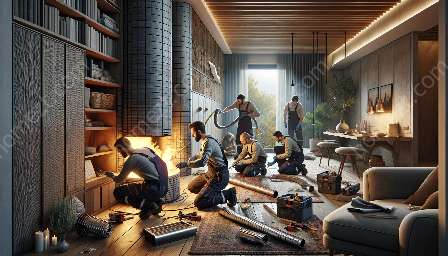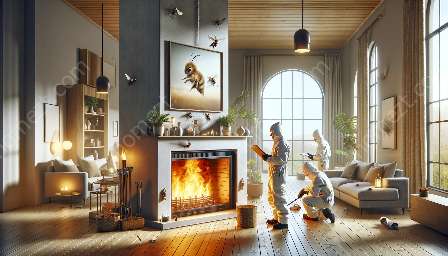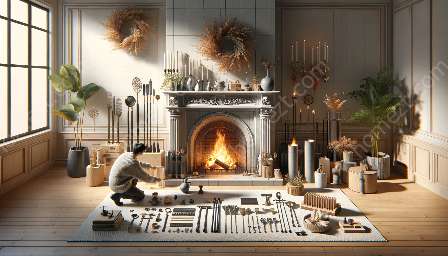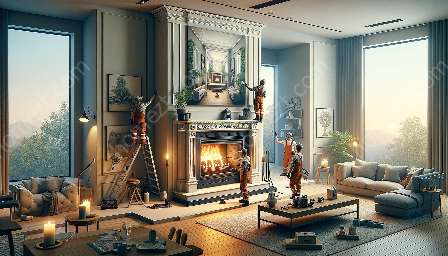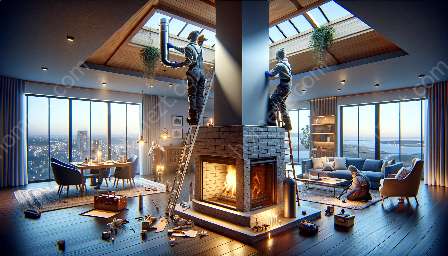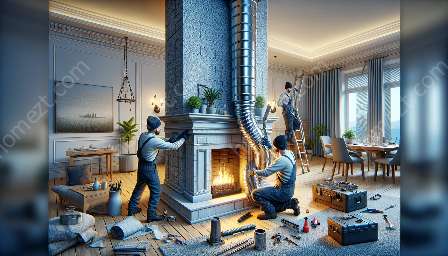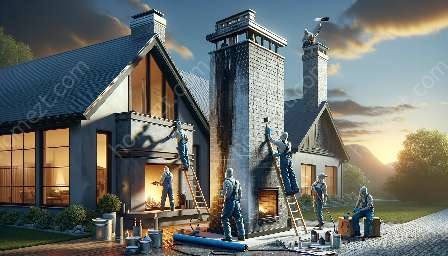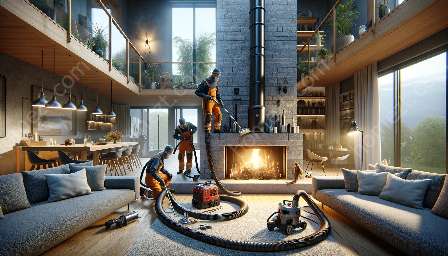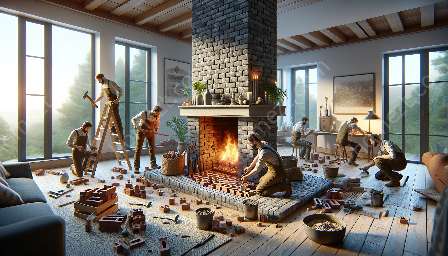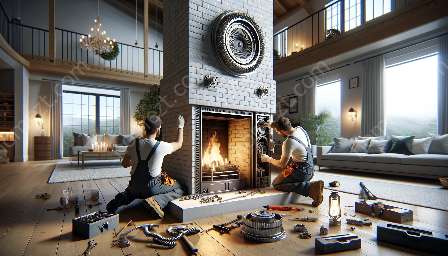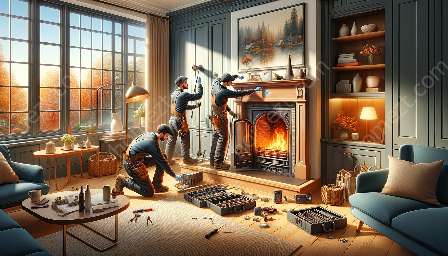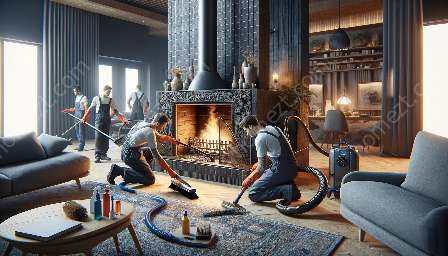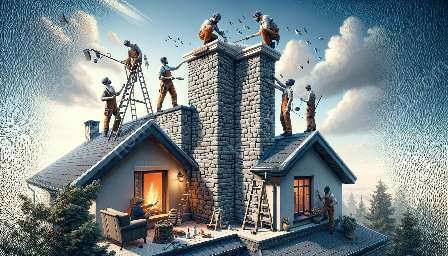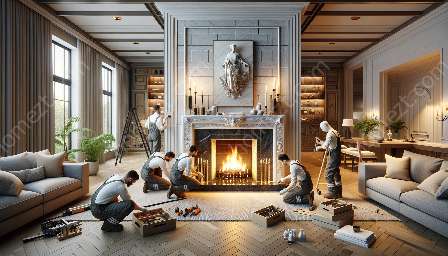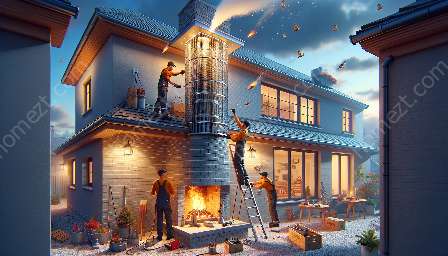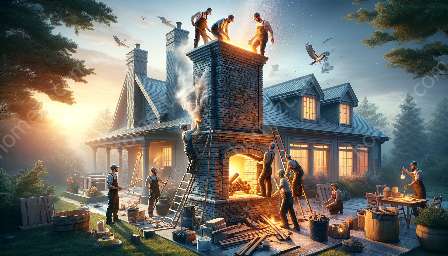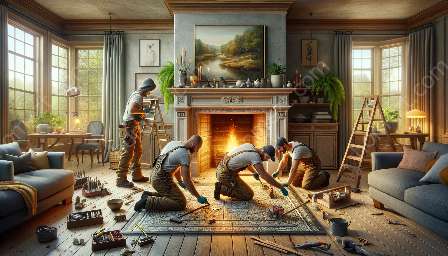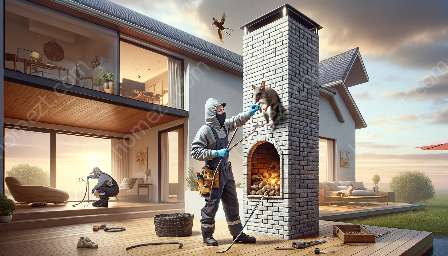Fireplaces are not only a charming focal point of any home, but they also provide warmth and comfort during cold weather. However, to ensure your fireplace operates safely and efficiently, proper maintenance is essential. This comprehensive guide will cover everything you need to know about fireplace maintenance, from routine cleaning to identifying potential issues.
1. Regular Cleaning
One of the most crucial aspects of fireplace maintenance is regular cleaning. Over time, soot, ash, and creosote can build up inside the chimney and fireplace, posing potential fire hazards. Start by removing any debris and ash from the hearth, and then proceed to clean the chimney using specialized brushes and cleaning solutions. Annual professional chimney inspections are also recommended to identify and address any issues.
2. Inspecting for Damage
Inspecting your fireplace and chimney for any signs of damage is essential for maintaining safety. Look for cracks in the masonry, damaged mortar, rust on the damper or firebox, and any signs of water leaks. Additionally, check the chimney cap and spark arrestor for any wear or damage. Addressing these issues promptly can prevent costly repairs and ensure that your fireplace remains in top condition.
3. Proper Ventilation
Ensuring proper ventilation is critical for the safety and efficiency of your fireplace. Make sure that the damper is functioning correctly and that there are no blockages in the flue. Adequate airflow is essential for preventing smoke from backing up into your home and reducing the risk of carbon monoxide buildup.
4. Using Quality Wood
The type of wood you use in your fireplace can significantly impact its maintenance needs. Hardwoods, such as oak or maple, burn cleaner and produce less creosote compared to softwoods. Additionally, using seasoned wood that has been properly dried can reduce the buildup of creosote, minimizing the risk of chimney fires.
5. Adding Protective Screens
Installing a protective screen or glass door in front of your fireplace can enhance safety and prevent embers from escaping into your home. These barriers also help prevent children or pets from accidentally touching the hot surfaces of the fireplace, reducing the risk of burns and injuries.
6. Addressing Draft Issues
If you notice excessive smoke entering your home during fireplace use, it may indicate a draft problem. Factors such as a cold chimney, competing air pressure, or obstructions in the chimney can cause draft issues. Consulting with a professional to diagnose and address these issues can improve the performance of your fireplace.
7. Professional Maintenance
While regular DIY maintenance is essential, professional inspections and maintenance are equally important. Hiring a certified chimney sweep or fireplace technician for annual inspections and cleaning can help identify potential problems and ensure that your fireplace is operating safely and efficiently.
Conclusion
Fireplace maintenance is a key aspect of ensuring the safety, efficiency, and longevity of your hearth. By following these tips and implementing a consistent maintenance schedule, you can continue to enjoy the warmth and ambiance of your fireplace while minimizing the risk of hazards. Remember that a well-maintained fireplace not only adds charm to your home but also provides a comforting and cozy atmosphere during the colder months.

